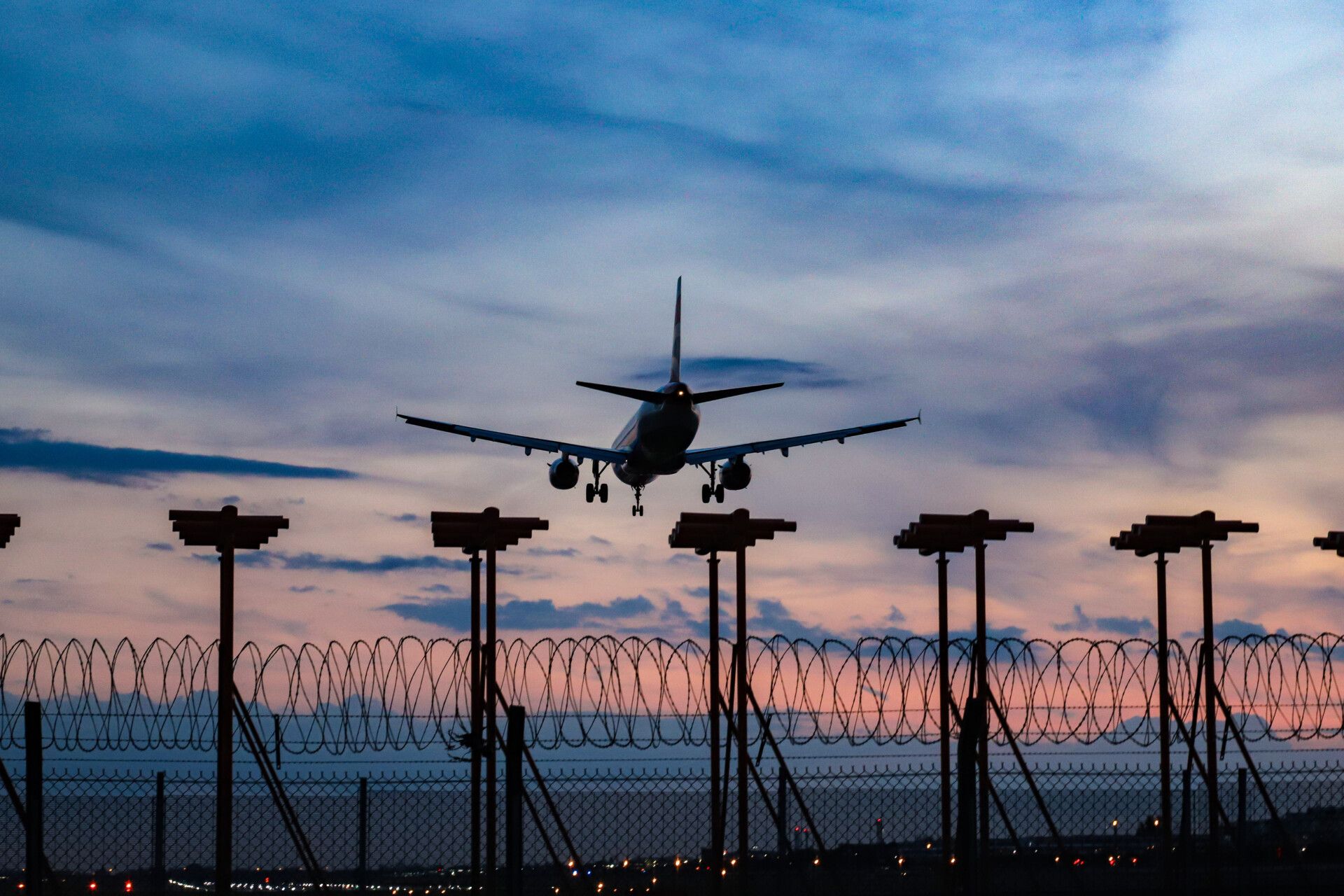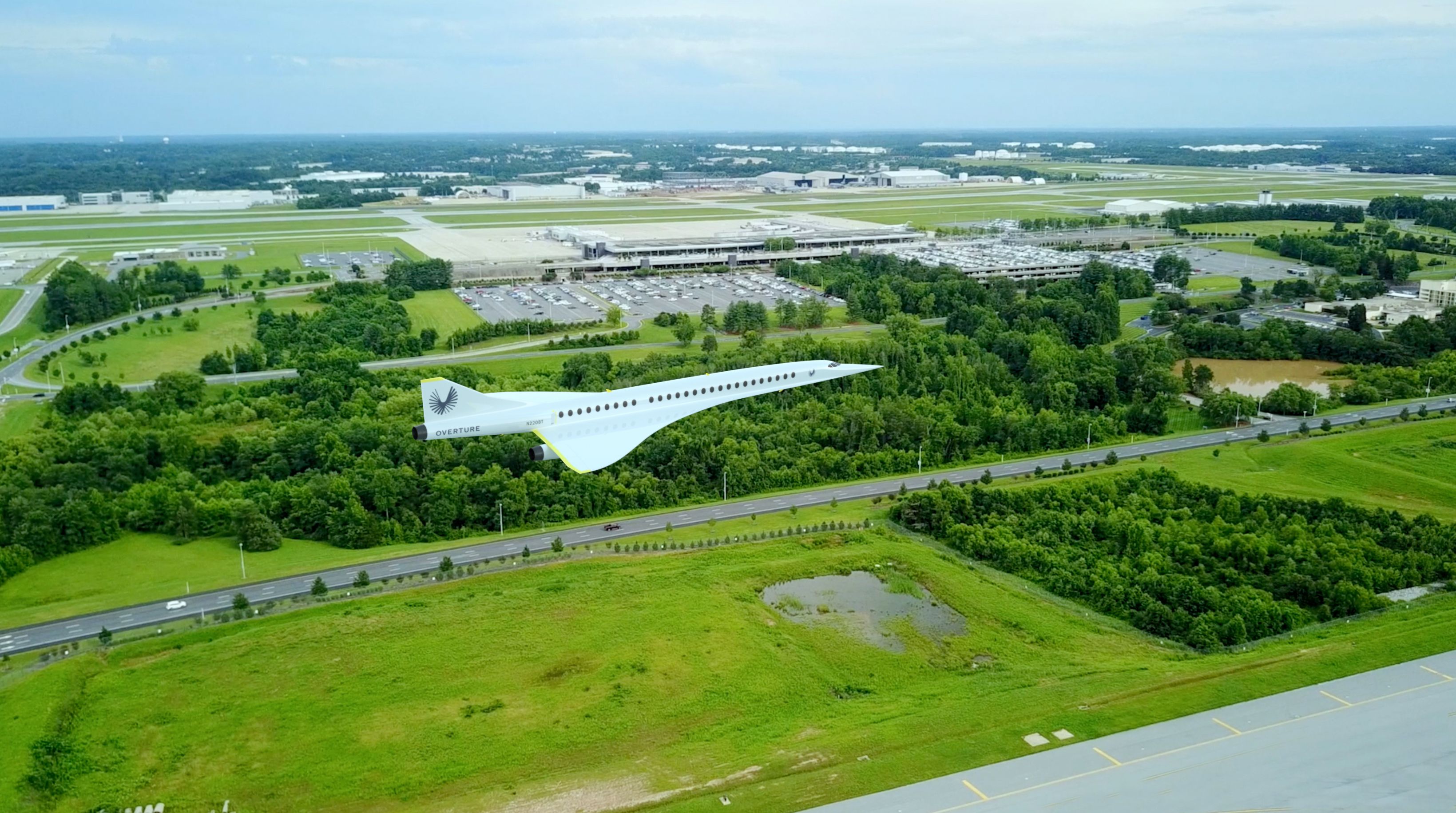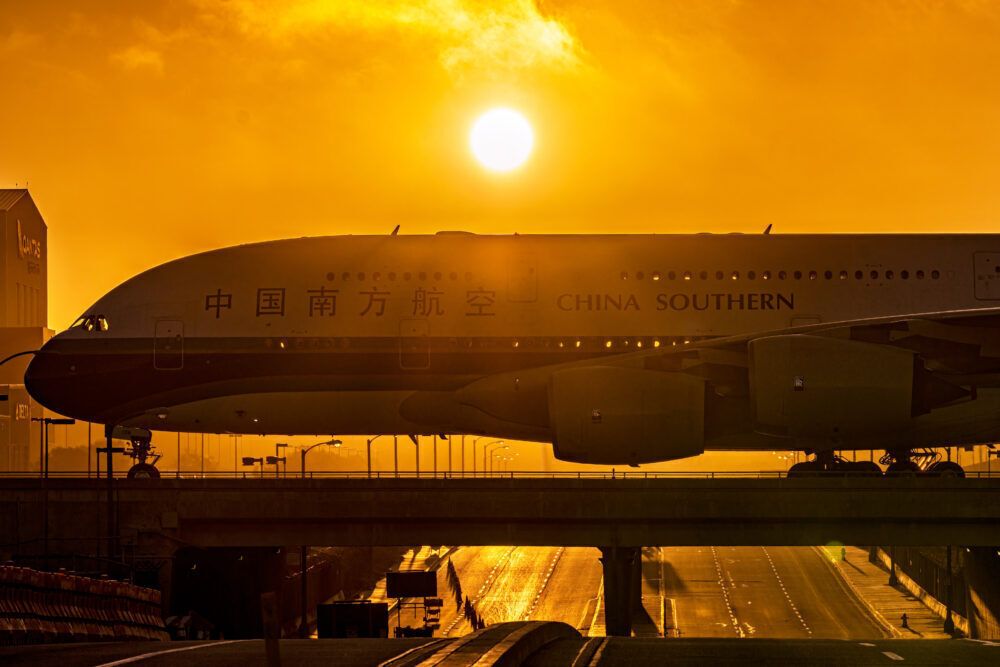The 41st Assembly of the International Civil Aviation Organization (ICAO) will be held between September 27 and October 7 later this year. The UN body is generally expected to adopt a set of emissions targets and guidelines for the industry. Given the alarming rate at which the planet is heating up and the contribution of anthropogenic CO2 and other greenhouse gases to the process, UN experts are reportedly looking to again toughen emissions standards for commercial aircraft.
Should this come to pass, it will increase pressure on OEMs to develop new aircraft models earlier than previously planned. The last time ICAO adopted new emissions standards was in 2017. These are valid for new aircraft models from 2020 but would still allow for older types not meeting the standard to remain in production until 2028 (unless exempted).
However, sources close to the matter have informed Reuters that ICAO's Committee on Aviation Environmental Protection (CAEP) agreed on Thursday to already begin drafting newer and even stricter standards for civil aircraft. This would be part of a broader effort set to be completed in 2025, updating rules for both noise and emissions.
Stricter standards were reportedly backed particularly by experts from the US and Europe during a virtual gathering of the working group earlier this week. Meanwhile, CAEP has also been conducting a study into the environmental and noise impact of an upcoming renaissance for supersonic flight and aircraft.
Time-consuming consensus seeking
ICAO is not a decision-making, stand-alone body. It is made up of its member states - 193 of them, to be precise. It goes without saying that any such bureaucratic consensus-seeking undertaking does not happen overnight. New standards would not only take years to draft, but it would also require support from a number of countries before being agreed upon.
Meanwhile, they would create more pressure for the OEMs to speed up the development of new aircraft and phase out older models still in production. Boeing has previously said it may request an exemption for its popular 767-300F from the existing 2028 timeline.
Differing opinions on timelines for carbon neutrality
ICAO is generally believed to adopt a long-term 'net-zero by ...' target declaration during the assembly later this year. While the aviation industry mostly has agreed upon 2050 as a destination target, the process of getting ICAO's members to back that date is not entirely straightforward.
When IATA announced its target to go net-zero by mid-century in October last year, it was only because it ignored the mainland Chinese carriers who wanted to follow President Xi Jinping's carbon-neutral deadline of 2060. This could be an indication that China wants to dictate its own decarbonization agenda, which may be reflected in the ICAO discussions and outcomes of the 41st assembly this fall.
What do you want to see from ICAO following the 41st assembly? What do you see as some of the potential pitfalls in generating a shared vision for civil aviation and sustainability targets globally? Leave a comment below and share your thoughts.



